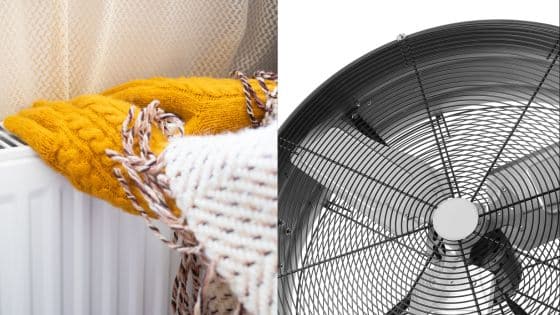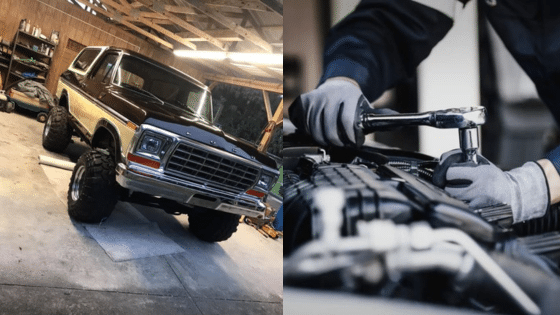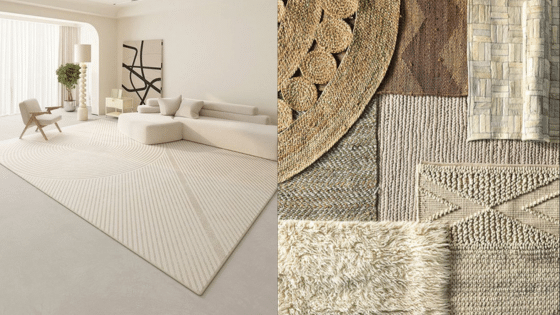
Among home maintenance tasks, roof replacement costs you a lot. Choosing appropriate materials can not only prolong the lifespan of a roof but also increase the value of a home. This guide provides you with information on how to choose the right roofing materials that will help you in a durable and long run.
Understanding Material Options

Different preferences need different materials, and roof replacement costs differ. Asphalt shingles are known for being inexpensive and easy to work with. These should provide fairly good durability, although not as much as others. They will probably last for you. On the other end of the spectrum, metal roofing is highly durable and energy efficient. It’s expensive at first, but it lasts long and is super easy to maintain.
Another popular option that is commonly used for both its aesthetics and long durability is tile roofing. Clay and concrete tiles are weatherproof and fire resistant, so they are a perfect fit for places with changing climates. Nonetheless, they need a sturdy support system because of their weight.
Wood shingles and shakes provide a natural appearance, are easy to blend in with the environment, and provide great insulation. However, these materials require regular upkeep to prevent mold and pests. A slate roof is very beautiful and long-lasting, but it is not necessarily for every budget because of its hefty weight and high price.
Considering Climate and Environment

The most important factor that will determine the best type of roofing material will be the climate. In regions with high rainfall or snow, metal and slate are great moisture-resistant options. For localities with high winds, selecting wind-resistant materials is also important.
In hot areas, materials that reflect a lot of light, like metal, can decrease cooling bills. The consideration of the local environment ensures that the material selection can survive the particular challenges posed by weather conditions.
Evaluating Cost and Budget

Material selection also depends on the budget. Asphalt shingles are one of the most inexpensive roofing options, but you will have to spend more if you choose high-end materials such as slate and metal. However, quality materials can save you money over time through reduced maintenance and a longer life span.
So think about both the upfront costs and the total cost of ownership. Certain materials might cost more initially but will pay for themselves over the years with energy savings and a reduced need for repairs. Maintaining a balance between cost and quality makes the investment fruitful.
Assessing Installation and Maintenance

Each has different installation methods. Asphalt shingles are easy to lay down for time-sensitive projects. As professional installations are critical for metal roofing, tile, and slate of which, with their higher weights, require significant precautions during handling.
Maintenance requirements differ among materials. Metal roofs provide minimal maintenance, and asphalt shingles need periodic inspection for damage. Wood shingles require regular cleaning and treatment to prevent decay. By recognizing these needs, homeowners can make plans for upcoming care and costs.
Exploring Aesthetic Preferences

The look of a roof goes a long way towards the curb appeal of a home. Homeowners can opt for asphalt shingles in an array of colors to coordinate with their individual style. Metal roofing comes in different types of finishes and gives a classy & modern appearance.
Tile and slate are available in various textures and colors while providing a durable, classic appearance. Wooden shingles have a rustic allure which is well highlighted in their natural environment. Factoring in aesthetic preferences allows for seamless integration within the home.
Balancing Sustainability and Impact

In modern construction, sustainability is more important than ever. As mentioned earlier, metal roofs have been manufactured using recyclable materials, which will help reduce the impact on nature. Tile and slate are natural items which have a very long life cycle, making them environmentally friendly construction materials.
Wood shingles are often obtained from renewable forests, and they can be sustainable. Although asphalt shingles are not eco-conscious in general, they are sometimes made of recycled material. This brings to the point about sustainability in choosing materials for building your tiny home; using materials that are made for sustainability not only raises flags for a cause.
Conclusion
When choosing roofing, a few things need to be considered carefully. Knowledge of individual demands, weather, and financial capacity allows homeowners to make informed choices. It is possible to select materials that will guarantee a long-lasting roof, evaluating durability, costs, ease of installation, and aesthetics. Investing in quality options also helps secure a home and retain value when done well.
- 0shares
- Facebook0
- Pinterest0
- Twitter0
- Reddit0













